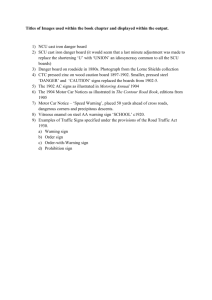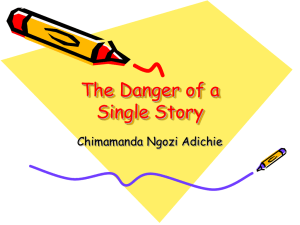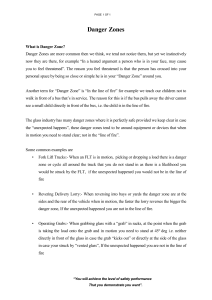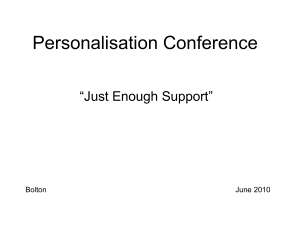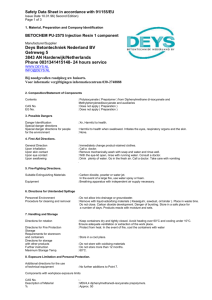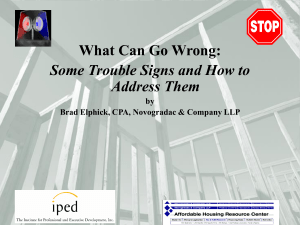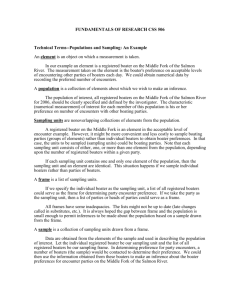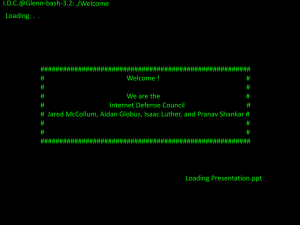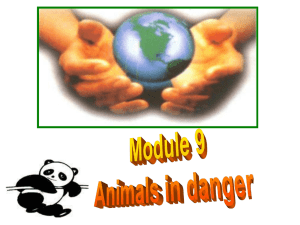SRN Questionnaire - Definition of a danger zone
advertisement
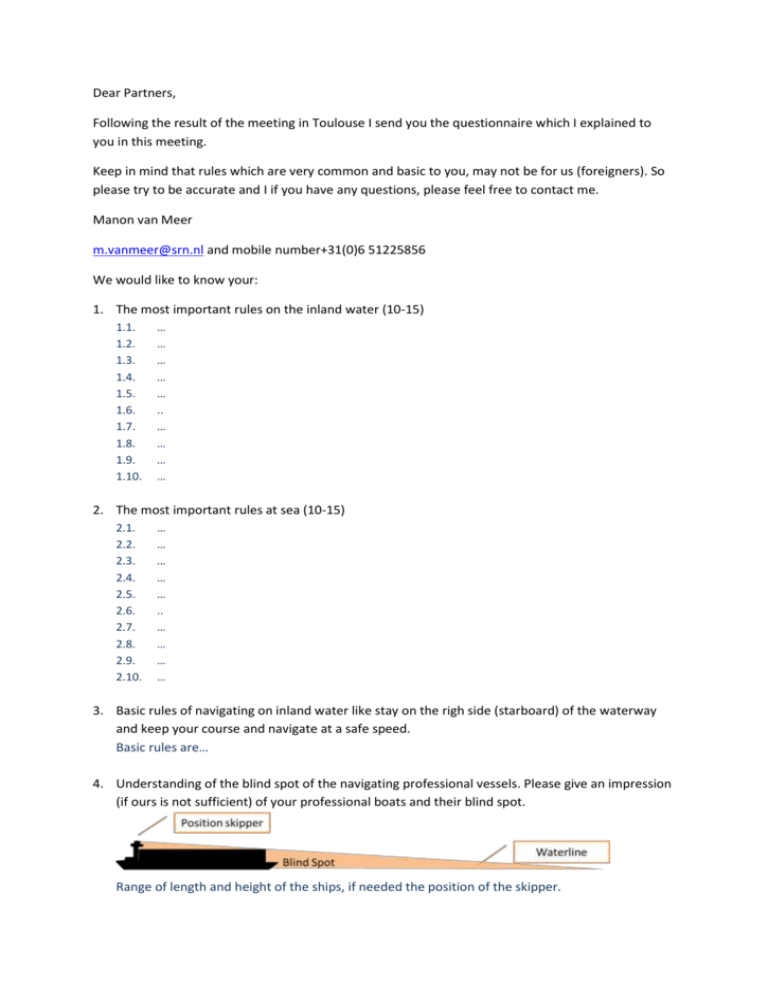
Dear Partners, Following the result of the meeting in Toulouse I send you the questionnaire which I explained to you in this meeting. Keep in mind that rules which are very common and basic to you, may not be for us (foreigners). So please try to be accurate and I if you have any questions, please feel free to contact me. Manon van Meer m.vanmeer@srn.nl and mobile number+31(0)6 51225856 We would like to know your: 1. The most important rules on the inland water (10-15) 1.1. 1.2. 1.3. 1.4. 1.5. 1.6. 1.7. 1.8. 1.9. 1.10. … … … … … .. … … … … 2. The most important rules at sea (10-15) 2.1. 2.2. 2.3. 2.4. 2.5. 2.6. 2.7. 2.8. 2.9. 2.10. … … … … … .. … … … … 3. Basic rules of navigating on inland water like stay on the righ side (starboard) of the waterway and keep your course and navigate at a safe speed. Basic rules are… 4. Understanding of the blind spot of the navigating professional vessels. Please give an impression (if ours is not sufficient) of your professional boats and their blind spot. Range of length and height of the ships, if needed the position of the skipper. …… 5. Safe crossing for recreational boaters. The boater can be spotted by the commercial skipper. Do you have anything to add to this drawing?. 6. Do boaters need a licence before navigating on inland water or sea? Could you explain the rules to us? Definition of a danger zone; What makes a danger zone dangerous? Being dangerous is depending on a large variety of dangers like: - Strong current sometimes depending on tides or wind depending on strength and wind direction Sand banks and small fairways Do you have other suggestions..? High speed zone A lot of professional shipping If you look at the document we send you, you can see a map of a danger zone which is mostly a crossing point on the water where professional vessels and recreational craft meet. On the maps you can see the ideal route for a recreational boater. Underneath you can find a description of the site and the ‘dangers’ you can encounter if you approach from different directions which are pointed out. 7. We would like you to make an inventory in your country of those possible danger zones and give us an idea on how to cross these points. 8. What kind of system is used in your country to store this data in a database or on a map? We need to know where your danger zones are and how you map them/the system that is being used to map them. 9. What organization is responsible for mapping your waterways and lakes? Next to the measures on the water and how to pass danger zones the next points are also very important: - Communication on the water The blue sign Maybe this is something typical Dutch and Geran. It means that large commercial vessels can pass each other on starboard Rules for speed boats (20km/h or faster) Safe on the water - Safety on board - Fast and safe trough lock and bridge 10. If you have any information for boaters on these issues, we would like to know about it. …… 11. If you need any other suggestions about improving safety on the water you can add your suggestions My suggestions to improve safety are….
